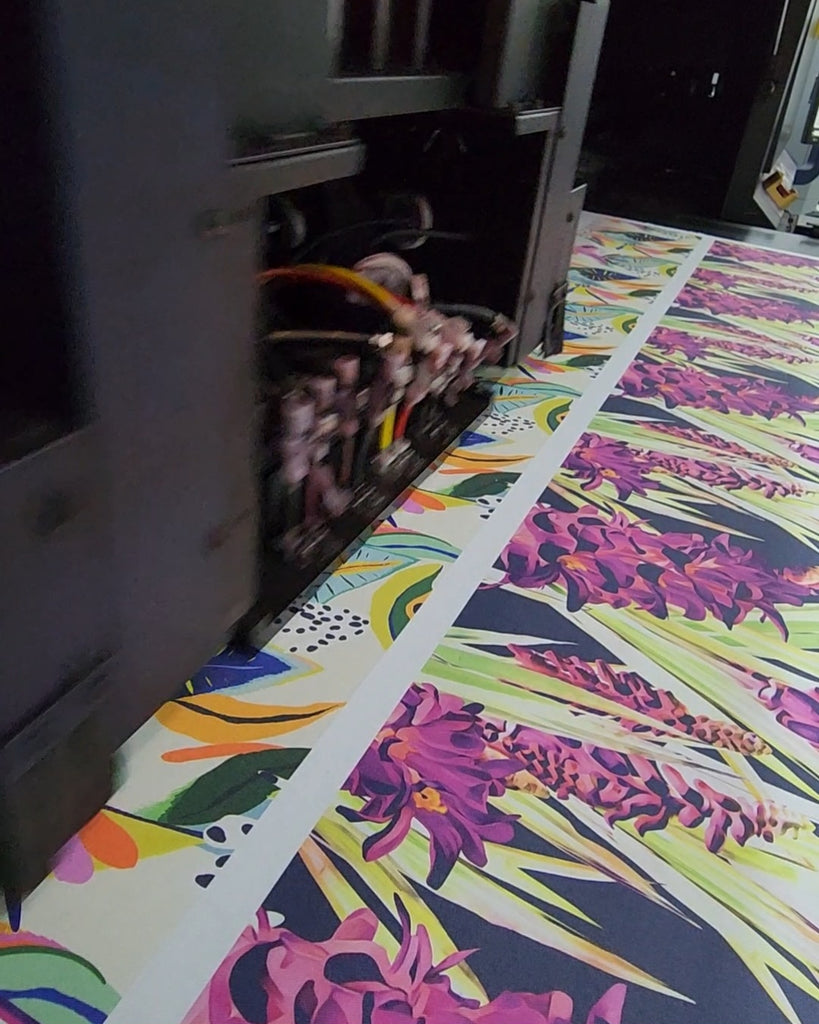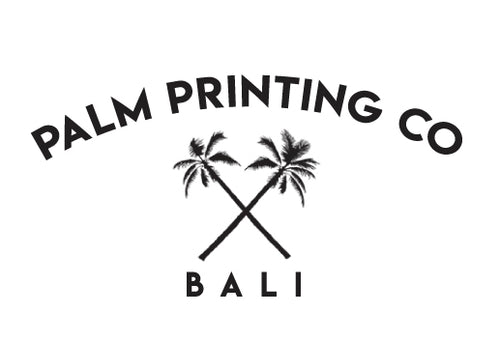
Digital textile printing is a revolutionary process that has completely transformed how we print on fabrics. This process involves using inkjet technology to print images or patterns onto textiles, allowing for precise and high-quality prints with minimal setup time and waste. This method has become increasingly popular in recent years due to its many advantages over traditional printing methods, including increased flexibility, cost-effectiveness, and environmental friendliness.
One of the primary advantages of digital textile printing is its flexibility. With this method, designers can create custom patterns and designs without being limited by the constraints of traditional printing methods. This allows for greater creativity and individuality in textile design, which is especially important for fashion designers looking to differentiate themselves in a highly competitive industry. Digital printing also allows for the printing of smaller quantities of fabrics, making it possible for designers to produce limited runs or even one-of-a-kind pieces.
With traditional printing, the cost of producing a new design can be high, as it often requires the creation of expensive printing plates or screens. In contrast, digital printing eliminates the need for these setup costs, making it a more economical choice for smaller production runs. Additionally, digital printing allows for faster turnaround times, reducing the time and labour required to produce each piece.
Another advantage of digital textile printing is its environmental friendliness. Traditional printing methods often involve the use of toxic chemicals and large amounts of water, which can have a negative impact on the environment. Digital printing, however, Palm Printing Co uses water-based inks that are free from harmful chemicals and require less water to produce. This makes it a more sustainable option for textile production, becoming increasingly important as consumers become more environmentally conscious.
Despite its many advantages, digital textile printing has some potential drawbacks. One of the main challenges is ensuring that the colours in the final print match the designer's original vision. Because the printing process is digital, colours can appear differently on screen than on fabric. This can make recreating accurate colour matching challenging, especially for complex or subtle hues. The most common solution is to print multiple variations of the same print but all with a slight colour adjustment; the designer will then pick the closest match and or adjust the artwork.
Another potential challenge is the depth or saturation of the final print. While digital printing has come a long way in recent years, it is not always possible to achieve the same level of depth & richness of darker colours as traditional printing methods. However, the consensus among all sustainably minded brands is these minor shortfalls are offset by the significant advantages digital textile printing brings.
In conclusion, digital textile printing is a game-changer in the world of textile production. Its flexibility, cost-effectiveness, and environmental friendliness make it an attractive option for designers and manufacturers alike. While there are some challenges to be overcome, advancements in technology continually push the boundaries of what is possible with digital printing. As the industry continues to evolve, it is clear that digital printing will play an increasingly important role in the future of textile production.
One of the primary advantages of digital textile printing is its flexibility. With this method, designers can create custom patterns and designs without being limited by the constraints of traditional printing methods. This allows for greater creativity and individuality in textile design, which is especially important for fashion designers looking to differentiate themselves in a highly competitive industry. Digital printing also allows for the printing of smaller quantities of fabrics, making it possible for designers to produce limited runs or even one-of-a-kind pieces.
With traditional printing, the cost of producing a new design can be high, as it often requires the creation of expensive printing plates or screens. In contrast, digital printing eliminates the need for these setup costs, making it a more economical choice for smaller production runs. Additionally, digital printing allows for faster turnaround times, reducing the time and labour required to produce each piece.
Another advantage of digital textile printing is its environmental friendliness. Traditional printing methods often involve the use of toxic chemicals and large amounts of water, which can have a negative impact on the environment. Digital printing, however, Palm Printing Co uses water-based inks that are free from harmful chemicals and require less water to produce. This makes it a more sustainable option for textile production, becoming increasingly important as consumers become more environmentally conscious.
Despite its many advantages, digital textile printing has some potential drawbacks. One of the main challenges is ensuring that the colours in the final print match the designer's original vision. Because the printing process is digital, colours can appear differently on screen than on fabric. This can make recreating accurate colour matching challenging, especially for complex or subtle hues. The most common solution is to print multiple variations of the same print but all with a slight colour adjustment; the designer will then pick the closest match and or adjust the artwork.
Another potential challenge is the depth or saturation of the final print. While digital printing has come a long way in recent years, it is not always possible to achieve the same level of depth & richness of darker colours as traditional printing methods. However, the consensus among all sustainably minded brands is these minor shortfalls are offset by the significant advantages digital textile printing brings.
In conclusion, digital textile printing is a game-changer in the world of textile production. Its flexibility, cost-effectiveness, and environmental friendliness make it an attractive option for designers and manufacturers alike. While there are some challenges to be overcome, advancements in technology continually push the boundaries of what is possible with digital printing. As the industry continues to evolve, it is clear that digital printing will play an increasingly important role in the future of textile production.


